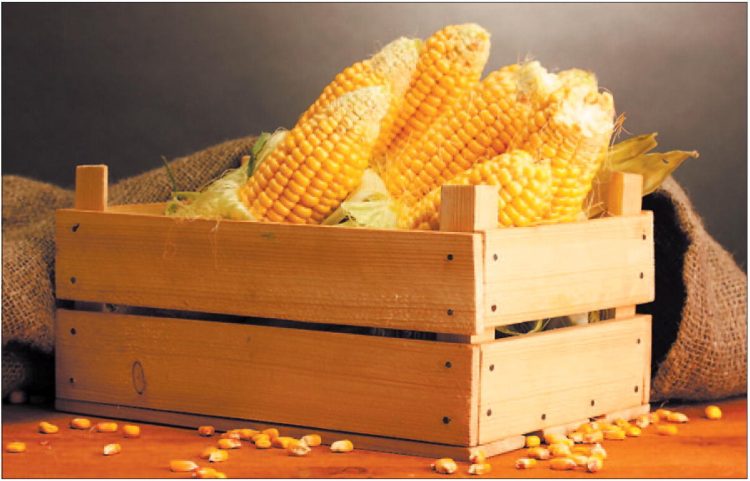Corn Adds Pop to Salads


There’s an old saying that the best way to prepare freshly picked corn is to have a pot of water boiling in the corn patch so that you can cook it instantly. It’s best to cook fresh corn as soon after it’s been picked as possible. If fresh corn isn’t stored or prepared properly, its natural sugars start to diminish quickly, resulting in a loss of sweetness within a couple of days. If you can’t purchase fresh corn, frozen corn is an acceptable and delicious substitute for most recipes. Corn on the cob is an essential part of a summer meal and provides many health benefits year-round. The average serving of corn on the cob has about a quarter of your daily requirement for thiamin, which helps maintain memory, as well as betacryptoxanthin, which aids in lung health. Corn is high in folic acid, which is needed for women who are taking oral contraceptives. It also is a good source of fiber and contains fair amounts of vitamin C, magnesium, niacin and potassium. One serving (one ear of corn) has about 83 calories. A corn kernel is made up of four major parts: starch, fiber, protein and oil. Corn can be processed in different ways to tap into these components, and it’s used in all kinds of products. A typical grocery store will contain 4,000 products that list corn ingredients on the label, but many other products also depend on corn — from paper goods and cardboard packaging to meat, milk, eggs, poultry and other protein products that come from corn-fed animals.
Here’s some tips from the Utah State Extension Service for picking and storing fresh corn: Look for corn with good
green husk color, silk ends that are free from decay or worm injury and stem ends that are not too discolored or dried. Select ears that are wellcovered with plump, not-toomature kernels. Avoid ears with undeveloped kernels, ears with very large kernels and dark-yellow kernels, because they can be tough and not very sweet.
Husk one side of the
corn. Press a fingernail into one of the kernels to test the liquid. Ripe corn should have a milky-looking liquid; overripe corn will have either a clear liquid or none at all.
The sugar in corn is
quickly lost, so for optimum quality process it as soon after picking as possible. If you can’t cook fresh corn immediately, store it in the refrigerator.
This recipe for Corn and Cabbage Slaw showcases the flavor of freshly picked corn to perfection.
CORN AND CABBAGE SLAW 5 cups shredded cabbage 1 1/2 cups fresh, whole kernel corn (or frozen and thawed) 2 tablespoons finely chopped onion 1/2 cup light sour cream 1/2 cup light mayonnaise 2 tablespoons honey 2 tablespoons lemon juice 1 teaspoon prepared Dijon mustard 1 teaspoon salt 1 teaspoon pepper 1/8 teaspoon cayenne pepper 1/2 cup chopped, roasted, salted peanuts, optional 1. In a bowl, combine the cabbage, corn and onion. In a small bowl, combine the sour cream, mayonnaise, honey, lemon juice, mustard, salt, pepper and cayenne pepper. Spoon the sour cream mixture over the cabbage mixture and toss to coat. 2. Cover and refrigerate for 1 hour. Stir in the peanuts just before serving, if desired.
Angela Shelf Medearis is an award-winning children’s author, culinary historian, and the author of seven cookbooks. Please join The Kitchen Diva in supporting Mattress Firms’ efforts to assist foster children through the Ticket to Dream Foundation to make a positive impact on the lives of hundreds of thousands of foster children in need. They believe not everyone can be a foster parent, but anyone can help a foster child. (www.tickettodream. org) (c) 2020 King Features Synd., Inc., and Angela Shelf Medearis








